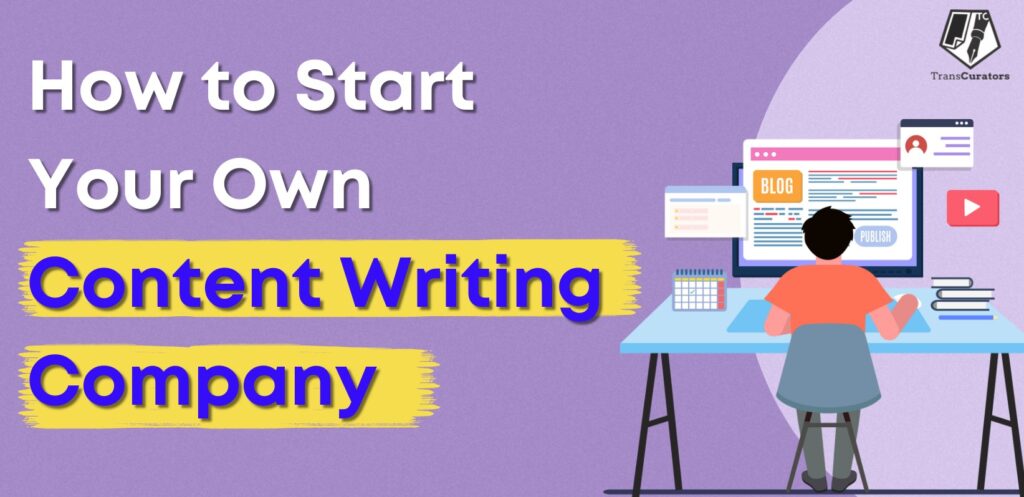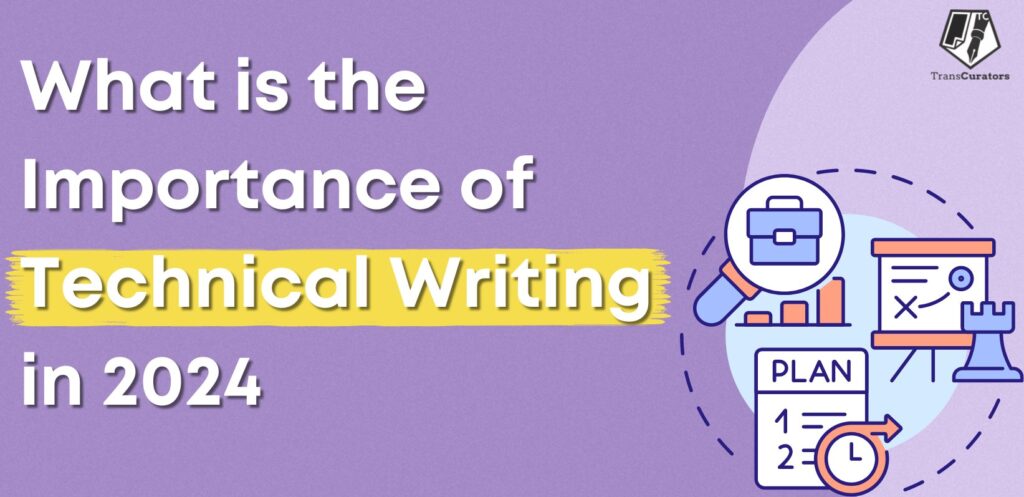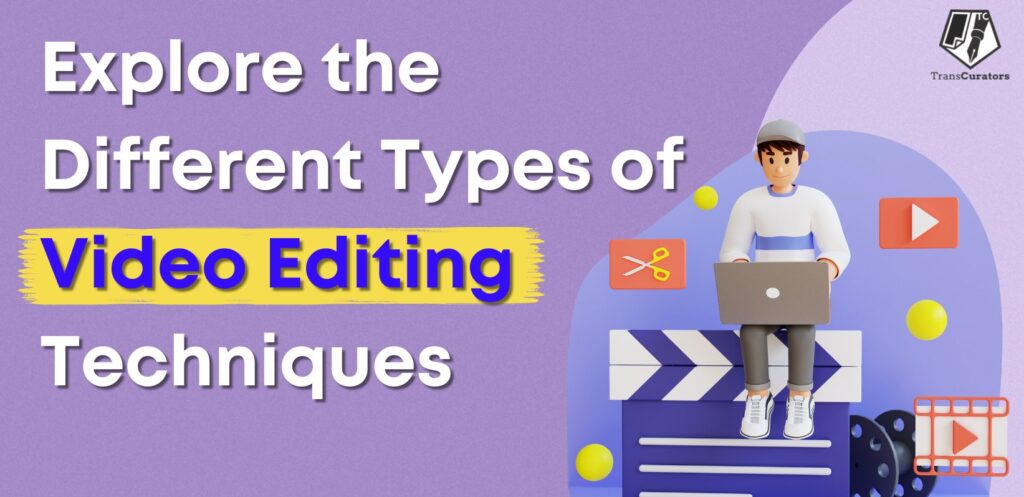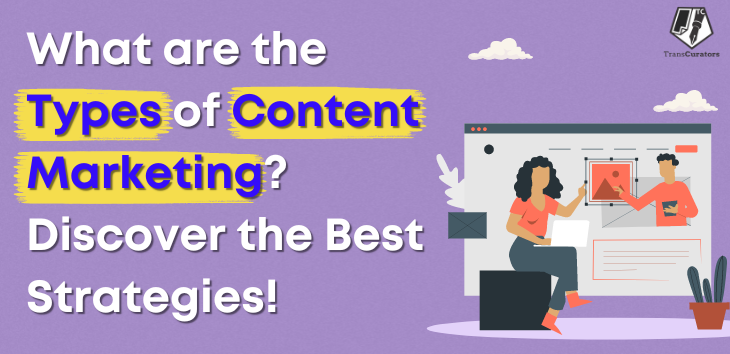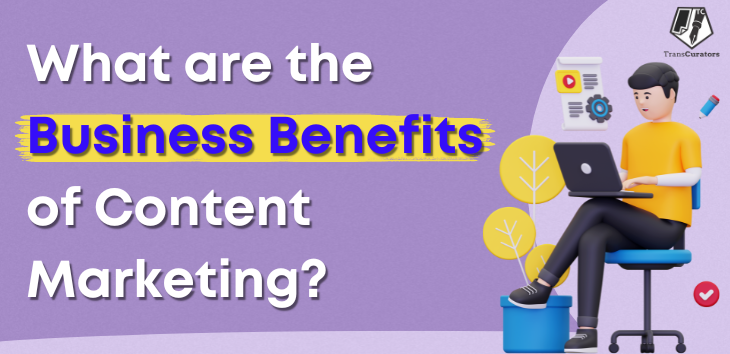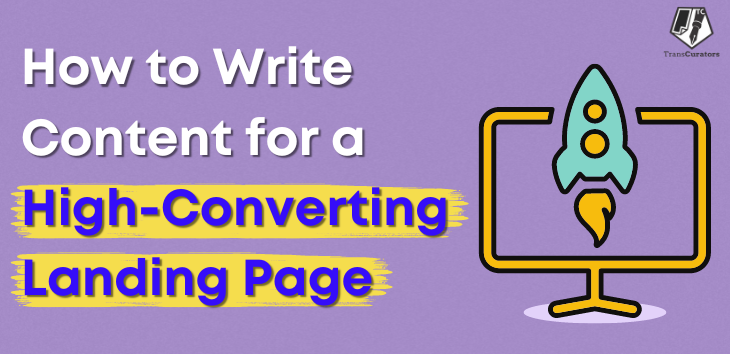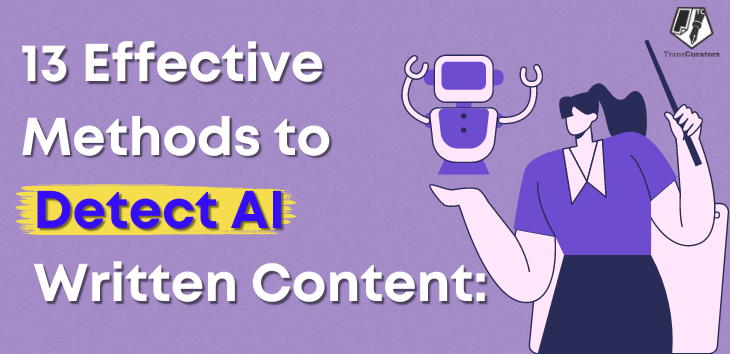How to Start Your Own Content Writing Company
Starting a content writing company can be an exciting journey for anybody who enjoys writing and storytelling. Imagine turning your talent for words into a profitable business, helping brands and enterprises communicate successfully with their customers. This guide will help you through the processes necessary to turn your writing skills into a successful content writing business, from evaluating the industry to developing a solid portfolio and attracting clients. Whether you’re an experienced writer or just beginning out, this route could open doors to great opportunities for growth and innovation. How to Start a Content Writing Company Content writing companies are in high demand because businesses of all sizes need quality content to engage their audience, improve their online presence, and boost their marketing efforts. Starting a content writing company can be an exciting venture if you love writing and have a knack for storytelling. Here’s a comprehensive guide to help you start your content writing company. Understand the Market Before diving in, complete thorough market research. Determine who needs content writing services and identify your target audience. Businesses of all sizes, bloggers, and digital marketers are always in need of high-quality content. Knowing your target market allows you to effectively personalise your services to their demands. Develop Your Writing Skills Quality content is the backbone of any successful content-writing company. Make sure that you have excellent writing skills. Practice creating various types of content, including blog posts, articles, website content, social media posts, and technical writing. If required, take a writing class to enhance your grammar, style, and tone. Define Your Services. Clearly define the services you’ll provide. Common services include blog writing, article writing, website content, social media content, technical writing, and copywriting. Decide whether you’ll provide specialised services such as SEO writing, ghostwriting, or content planning. A comprehensive list of services helps potential customers understand what you do. Create a Business Plan. A strong business plan is essential for any new business. Outline your business’s objectives, target market, services, price, and strategies for marketing. Include financial projections and a plan for managing expenses. A business strategy guides your actions and helps you stay focused on your goals. Choose a Business Name and Register It Select an appealing and suitable name for your content writing company. Keep in mind the name is unique and easy to remember. Once you’ve decided on a name, register your company with the appropriate authorities. This step is necessary to legally establish your company and protect your brand name. Set Up Your Business Structure Decide on the legal framework of your business. You can be a solo owner, a partnership, a limited liability company (LLC), or a corporation. Every structure has its advantages and disadvantages. Consult a legal or financial professional to decide what’s the best structure for your business. Build a Professional Website A professional website is a must for every content-writing company. Your website is your online shop and the first impression that potential customers will get of your company. Provide information about your services, price, portfolio, and contact information. A blog section can demonstrate your writing skills and attract visitors to your website. Create a Portfolio An excellent portfolio showcases your writing skills and diversity. Provide examples of the numerous types of content you’ve written. If you’re new to content writing, generate sample pieces on various kinds of topics to display your writing skills. A well-organised portfolio can captivate potential clients and boost your chances of being recruited. Set Your Pricing Setting the right price for your services can be challenging. Research what other content writing firms charge and set comparable charges. Consider giving multiple pricing options based on the nature and duration of the content. To avoid confusion, make your pricing clearly visible on your website. Market Your Business Successful marketing is crucial for attracting customers. Use various types of advertising strategies to promote your business. Use social media platforms such as LinkedIn, Twitter, and Facebook to reach your intended audience. Join online forums and groups that are relevant to your specialty. Networking with other professionals can lead to potential clients. Offer Free Samples and Promotions Offering free samples or discounted services can draw new clients. Potential clients are more likely to hire you if they can see the quality of your work firsthand. Promotions can also create a buzz around your new business and generate word-of-mouth referrals. Network with Industry Professionals Networking is a powerful tool for growing your business. Attend industry events, join professional organisations, and connect with other writers and business owners. Making relationships with industry professionals can lead to referrals and collaborative opportunities. Utilise SEO Strategies Search engine optimization (SEO) is a necessity in improving your website’s visibility. Use SEO strategies to enhance the performance of your website and content. Search for keywords relating to your services and incorporate them into your website. Well-optimised quality content can attract organic visitors to your website. Offer Excellent Customer Service Providing excellent customer service can set you apart from competitors. Be responsive to client inquiries, meet deadlines, and deliver high-quality work. Satisfied clients are likely to return and refer others to your business. Manage Your Finances For any company, good financial management is essential. Maintain a record of your earnings and expenses and budget for taxes. For successfully handling your accounts, consider using accounting software. If you find managing your finances difficult, consider assistance from an accountant. Hire a Team As your business grows, you may need to hire additional writers or support staff. Hiring a team can help you manage a larger workload and expand your services. Look for talented writers who can deliver high-quality content. Training your team ensures consistency in the quality of work delivered. Stay Updated with Industry Trends The content writing industry is continually evolving. Stay updated with the latest trends and best practices. Read industry blogs, attend webinars, and participate in online courses. Staying informed helps you offer the best services to your clients. Use Project Management Tools Project management tools can
